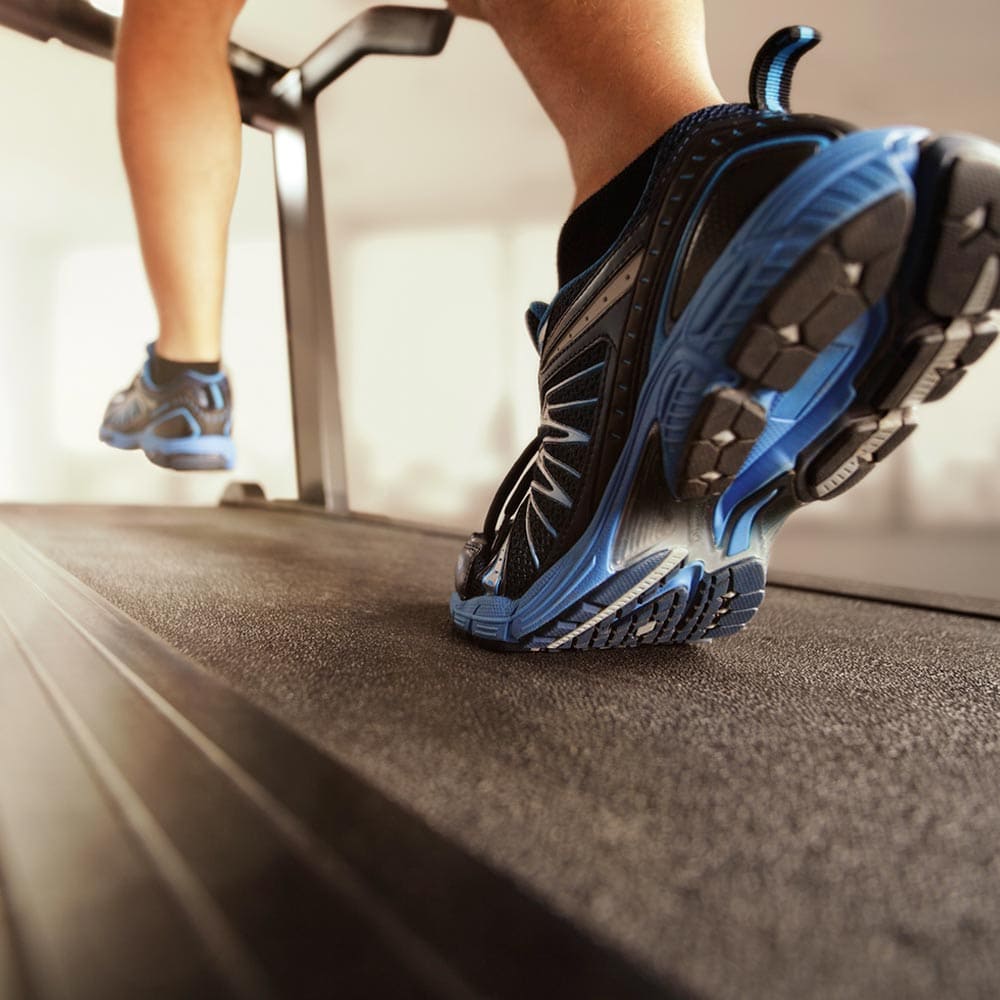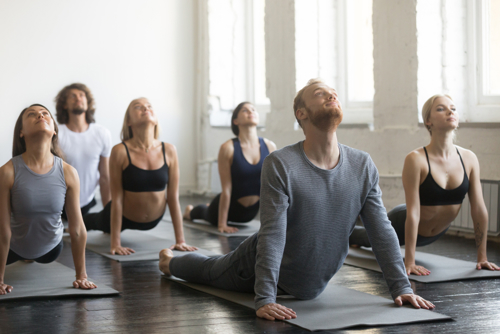So, you’ve signed up for that big race, or maybe you just want to get faster, stronger, and avoid running injuries. No matter where you are in your running journey, there’s one thing that can really make a difference: cross-training.
Incorporating cross-training into your routine isn’t about replacing your runs; it’s about enhancing them. It can boost your endurance and strength while also improving your flexibility and recovery. It’s truly a game-changer for runners at any level.
At Village Health & Wellness Clubs, we’re here to explain how cross training can help you go the distance—feeling fitter, faster, and more resilient along the way. Plus, if you’re seeking extra motivation, support, and a little friendly competition, our local run clubs are a fantastic place to connect with fellow runners and stay inspired. Are you ready to elevate your training? Let’s get started!
What is Cross-Training?
Cross-training involves incorporating a variety of workouts beyond just running to improve performance and lower the risk of injuries.
By adding activities such as cycling, swimming, strength training, and yoga, runners can work different muscle groups that aren’t as engaged during running. This method promotes balanced strength, enhances flexibility, and increases cardiovascular fitness while minimising repetitive stress on the joints.
Why Should Runners Cross Train?
Running is a great way to maintain fitness, but if you rely on it exclusively, you might face burnout, injuries, or stagnation in your progress.
Incorporating cross-training can introduce variety, helping you stay strong, balanced, and better equipped to achieve your running goals. Here are some additional benefits:
Injury Prevention
Running regularly puts a lot of stress on the same joints and muscle groups. Cross-training helps keep you active while giving overworked areas—like your knees, ankles, and hips—a chance to recover. By strengthening other muscles, you can improve your stability and balance, which lowers the risk of injury.
Builds Strength
Stronger muscles contribute to more efficient running. Incorporating resistance training or bodyweight exercises into your routine can help you build power, enhance your posture, and make running uphill feel a little easier.
Boosts Heart Health
Taking part in low-impact cardio activities like swimming, rowing, or cycling can help build your endurance without the wear and tear of running. It’s a great method to enhance your aerobic capacity and stay fit on days when you’re not running.
Improves Flexibility and Mobility
If you often experience tight hamstrings or stiff hips, you’re in good company. Activities such as yoga or Pilates can effectively increase your flexibility, improve your range of motion, and support a better running posture.
Adds Variety to Your Routine
Sticking to the same workout every day can feel dull. Cross-training shakes things up, keeping your routine fresh and helping you stay engaged in your fitness journey.
Faster Recovery
With cross training, runners can bounce back faster since it alleviates the repetitive stress on their muscles while still allowing them to maintain their cardiovascular fitness with gentler exercises.
Best Cross-Training Activities for Runners
Whether you’re a beginner just starting out with running or a seasoned sprinter looking to improve, here’s how cross-training activities can complement your fitness goals:
Cycling
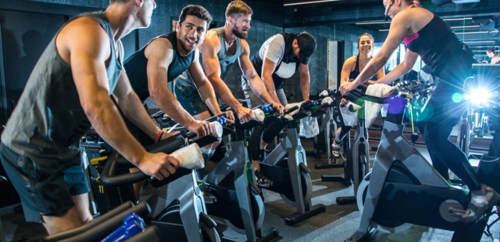
Best for: Building strength and power
Cycling is one of the most effective low-impact cross-training options for runners. It targets major leg muscles—especially the quads and glutes—while improving cardiovascular endurance. Because it's non-weight-bearing, it allows you to train hard without the pounding stress of running.
How to incorporate it:
Use cycling on easy or recovery days to build aerobic capacity without overloading your joints. You can also replace one mid-week run with a structured cycling session, especially in the off-season or during base-building periods.
Try this workout:
Endurance ride: 60–90 minutes at a steady, moderate pace (zone 2 effort)
Hill intervals: 10-minute warm-up → 6x3 minutes at high resistance (zone 4 effort), 2-minute easy spin between → 10-minute cool-down
Spin class: Great for variety and group motivation—just adjust resistance to match your training goals
Pilates
Best for: Improving core stability and posture
Pilates is all about controlled movements, breathing techniques, and proper alignment. It helps to strengthen your core, including key muscles like the transverse abdominis and pelvic floor, which are vital for stabilising your hips and spine when you run. This can lead to better running performance and a lower chance of getting injured.
How to incorporate it:
Aim for 1 to 2 Pilates sessions per week, particularly on your rest days or light running days. Mat Pilates is ideal for recovery, while reformer Pilates provides a more challenging strength workout.
Try this workout:
Core circuit:
Dead Bug – 3 sets of 10 reps
Side Plank (30 seconds each side)
Leg Circles – 2 sets of 8 each leg
Shoulder Bridge – 3 sets of 12 reps
Focus on slow, controlled movement and breathing with each rep
Yoga

Best for: Increasing flexibility and improving recovery
Yoga is a perfect addition to running. It helps to stretch out tight muscles such as the calves, hamstrings, and hip flexors, while also supporting joint health. Additionally, it enhances mental clarity and breath control, which are valuable during long races or intense intervals.
How to incorporate it:
Try adding 1 to 3 brief yoga sessions each week. A light vinyasa flow or yin yoga can be great for recovery after your long runs or speed workouts. On days when you're resting, a 30-minute session can help you relax and ease any muscle soreness.
Try this routine:
Downward Dog (1 minute)
Pigeon Pose (30 seconds each leg)
Lizard Lunge (30 seconds each leg)
Reclined Spinal Twist (30 seconds each side)
Finish with Savasana and deep breathing for 3–5 minutes
Strength Training
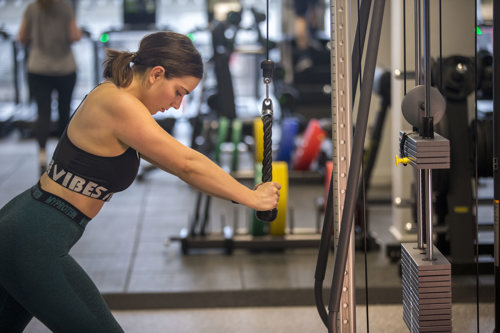
Best for: Enhancing muscular balance and joint stability
Strength training helps fix muscle imbalances and supports your joints and tendons, which can prevent common injuries like runner’s knee and plantar fasciitis. Building strength in your glutes, hips, and upper body also improves your running posture and makes your stride more powerful.
How to incorporate it:
Strength train 2–3 times per week, ideally on hard run days to keep recovery days truly easy. Alternate between full-body workouts and lower-body focused routines.
Try this workout:
Goblet Squats – 3 sets of 10
Romanian Deadlifts – 3 sets of 8
Dumbbell Lunges – 2 sets of 12 (each leg)
Plank Row – 2 sets of 10
Side Leg Raises – 2 sets of 15 (each side)
Trail Hiking

Best for: Boosting coordination and balance
Trail hiking is great for building the stabilising muscles in your feet, ankles, and hips. As you navigate uneven surfaces, you work on your balance and coordination, which can lead to improved agility and quicker reaction times when running, especially in trail or cross-country races.
How to incorporate it:
Trail hiking can serve as a low-impact endurance activity or a form of active recovery. It's also an effective way to improve your aerobic capacity during base-building periods without the risk of impact-related stress.
Try this approach:
Choose moderate elevation gain for a 60–90-minute hike
Wear your trail running shoes to simulate terrain feel
Add a loaded backpack (5–10kg) for extra strength work
Focus on steady pacing and mindful foot placement
Pool Running

Best for: Maintaining cardiovascular fitness without joint impact
Pool running, often referred to as aqua jogging, is an excellent choice for runners recovering from injuries or looking for a lighter workout. The buoyancy of the water helps support your body weight, allowing you to replicate the running motion while still keeping up your cardiovascular fitness and muscle engagement.
How to incorporate it:
Pool running is an excellent option for recovering from injuries or for replacing a weekly run during high-impact training weeks. You can even use interval training in the pool to match the intensity of your tempo runs or speed workouts.
Try this workout:
5-minute easy warm-up
4 x 3-minute hard efforts (RPE 8–9) with 1-minute easy recovery jogs
10-minute steady state jog (RPE 6–7)
5-minute cool-down
Plyometrics
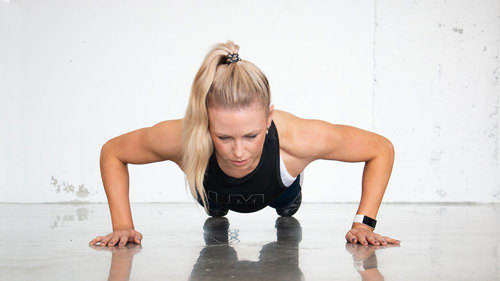
Best for: Improving power
Plyometrics involve quick, explosive movements that enhance neuromuscular coordination and power. This improvement leads to better stride turnover and reduced ground contact time, which are crucial for increasing speed, particularly during sprint finishes or when tackling hills.
How to incorporate it:
Limit your plyometric exercises to once or twice a week, and make sure to do them after a proper warm-up or an easy run when your muscles are activated but not tired. Always focus on maintaining good form to prevent injuries.
Try this workout:
Box Jumps – 3 sets of 6
Bounding – 3 sets of 30 meters
Jump Lunges – 3 sets of 10 each leg
Skater Hops – 2 sets of 15
Rest 60–90 seconds between sets
Rowing
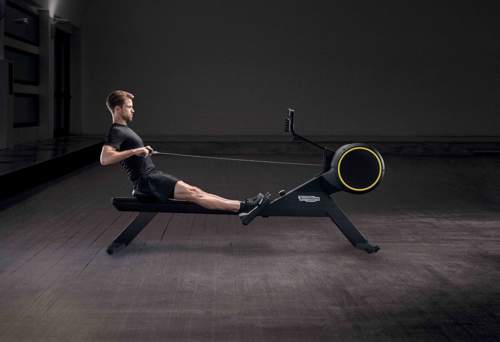
Best for: Enhancing overall strength and cardiovascular endurance
Rowing is a fantastic workout that engages your legs, core, back, and arms, making it a comprehensive, low-impact alternative to running. It's especially effective for enhancing muscular endurance and lung capacity while allowing your joints to recover from the stress of repetitive impact.
How to incorporate it:
Swap it in for a recovery run in the middle of the week or use it as an extra cardio session on days when you have two training sessions. It's also a great opportunity to improve your aerobic base during the off-season.
Try this workout:
5-minute warm-up row
3 x 1000m at moderate pace (RPE 6–7) with 1-minute rest between
5-minute cool-down
For a challenge: Try a 20-minute steady-state row at 18–22 strokes per minute (SPM)
FAQs
How often should runners cross train?
Runners should consider incorporating cross-training into their routine 1 to 3 times a week, based on their experience level, training objectives, and weekly mileage.
Beginners can benefit from 2 to 3 sessions to enhance their fitness and avoid injuries. Those at an intermediate level might reduce this to 1 or 2 sessions to aid in recovery and build strength. Advanced runners may find that just 1 or 2 sessions are sufficient to maintain their fitness while minimising impact.
What type of cross-training is best for runners?
Strength training is incredibly beneficial for runners as it not only strengthens and tones muscles but also improves leg stability.
Our guide to home workouts for runners features classic strength training exercises like squats and lunges, which can easily be added to gym routines. For low-impact cardiovascular conditioning, cycling and pool running are fantastic choices, enabling runners to maintain or improve their aerobic fitness without the strain of additional mileage.
Does walking count as cross-training for runners?
Yes, walking can serve as a form of cross-training for running. Although it’s less intense than running, walking still works many of the same muscle groups and provides cardiovascular benefits while being gentle on the joints.
This makes it particularly beneficial for beginners who are trying to build endurance, for runners who are recovering from injuries, or as a way to stay active on rest days.
Ready to Go the Distance?
Joining a Village Health & Wellness Run Club is more than just tracking your miles — it’s about becoming part of a supportive and tight-knit running community. Whether you’re exploring trails, running on the road, or doing interval workouts together, you’ll experience encouragement, support, and friendship every step of the way.
Our knowledgeable coaches and welcoming members foster an uplifting atmosphere where each run enhances your endurance, confidence, and passion for running. Are you ready to elevate your running experience?
Sign up for a Village Gym membership and enjoy personalised training, group runs, and a community that’s with you every mile.

